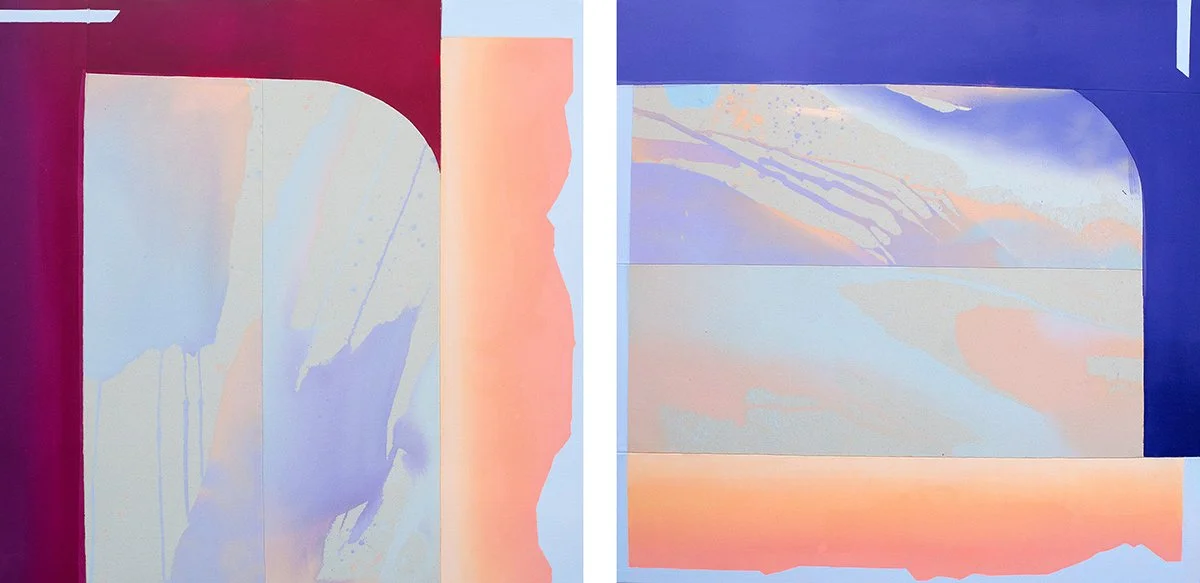In her series Woven and Book of Miracles, on view in the exhibition Laws of Nature at the Denver Botanic Gardens’ Freyer-Newman Center until March 31, 2024, Tanya Marcuse lauds earth’s fertile excess in meticulous natures mortes, weaving life and death together in velvet-hued ritual. The artist has venerated nature’s transience since at least 2005, when she began photographing fruit trees and their offerings.
Welcome to DARIA: Denver Art Review, Inquiry, and Analysis, a publication devoted to art writing and criticism focused on the Denver-area visual art scene. DARIA seeks to promote diverse voices and artists while fostering critical dialogue around art.











![]MARGINS[](https://images.squarespace-cdn.com/content/v1/5dade78ef3de04278ab5b4e8/1706556791874-RM7RABP1MHJ4GM9S100G/orimo_notes45+%281%29.jpg)









